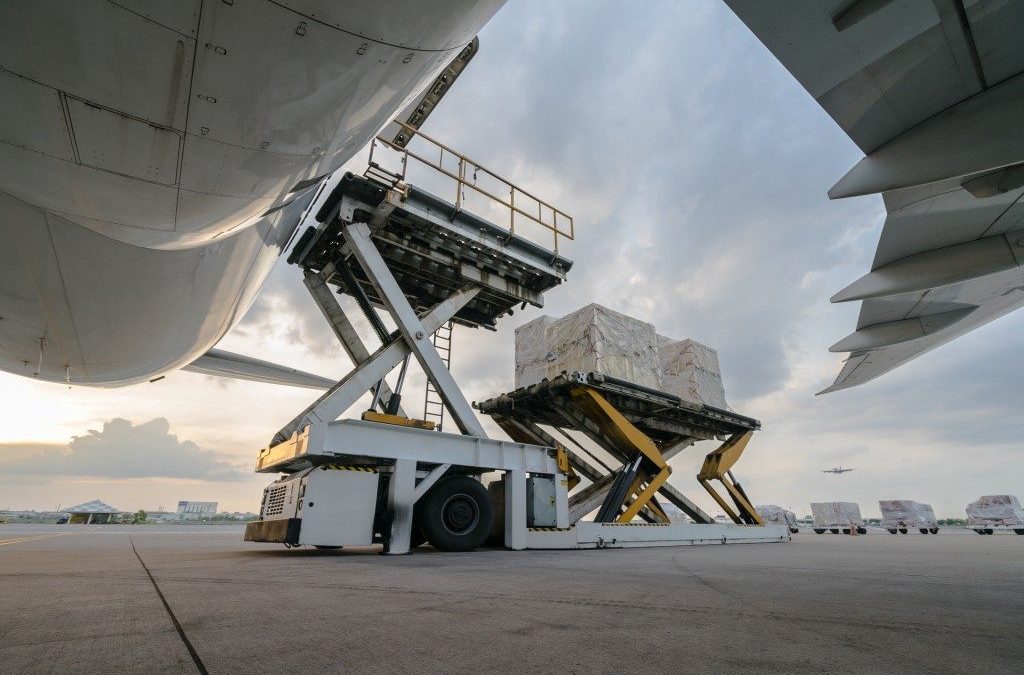The limited passenger service worldwide is keeping a lid on airfreight volumes, which should be growing faster based on strong global manufacturing activity and retail sales as the world adjusts to the coronavirus.
The International Air Transport Association reported this week that air cargo demand in August improved nearly two points from July, but was still 12.6% below 2019 levels. And volumes shrank 14% year-over-year in the all-important international sector.
At the same time, the Purchasing Managers’ Index showed new export orders increased 5.1% on an annual basis, its best performance in three years. Manufacturing output continues to grow. Leading indicators tracked by the Organization for Economic Cooperation and Development are trending upward and Manpower Group’s employment survey for this quarter shows improvement.
But a shortage of available air transport is delaying some shipments or pushing them to ocean or Eurasian rail service. The main culprit is the large number of passenger planes still parked because of coronavirus-caused reductions in travel. Many passenger airlines carry cargo in the lower hold along with baggage, but belly capacity is more than two-thirds below levels in August 2019, IATA said.
Capacity is likely to get tighter. The airline association downgraded its full-year passenger forecast, now estimating that traffic will be 66% less than a year ago compared to its previous estimate for a 63% decline due to a weaker-than-expected recovery as governments reinstate travel restrictions.
August passenger demand was down 75.3% from a year ago, a disappointing improvement from the 79.5% year-over-year contraction in July. And available seat kilometers, a measure of capacity, was down 64%, with load factors plunging 27.2 points to an all-time low for August of 58.5%. Domestic markets continue to outperform international, although most are still well below last year’s level, IATA said.
Meanwhile, a big increase in freighter activity, including more than 2,300 temporary passenger freighters, is barely making a dent in the capacity situation for shippers.
Freighter capacity in August grew 28%. All-cargo operators are maxed out with daily widebody freighter utilization at nearly 11 hours per day — a record since the metric started to be tracked in 2012, according to IATA.
More dedicated cargo aircraft and a higher operating tempo incrementally improved August air cargo capacity a couple points from July, but it was still almost 30% less than normal.
Source: Freightwaves


